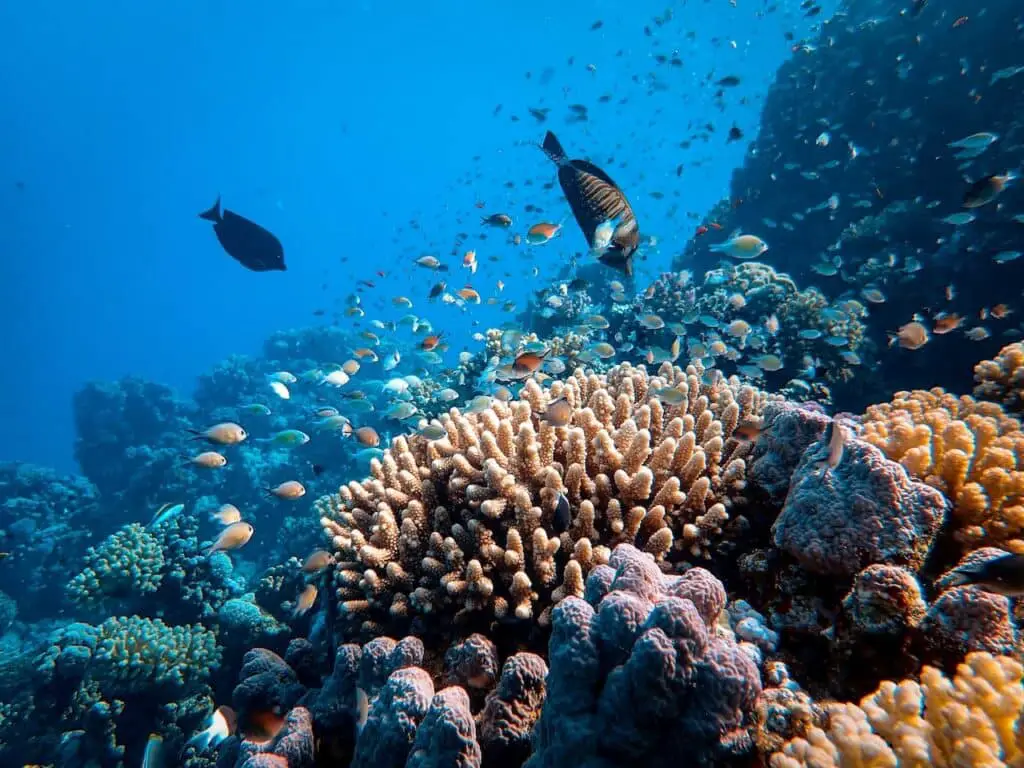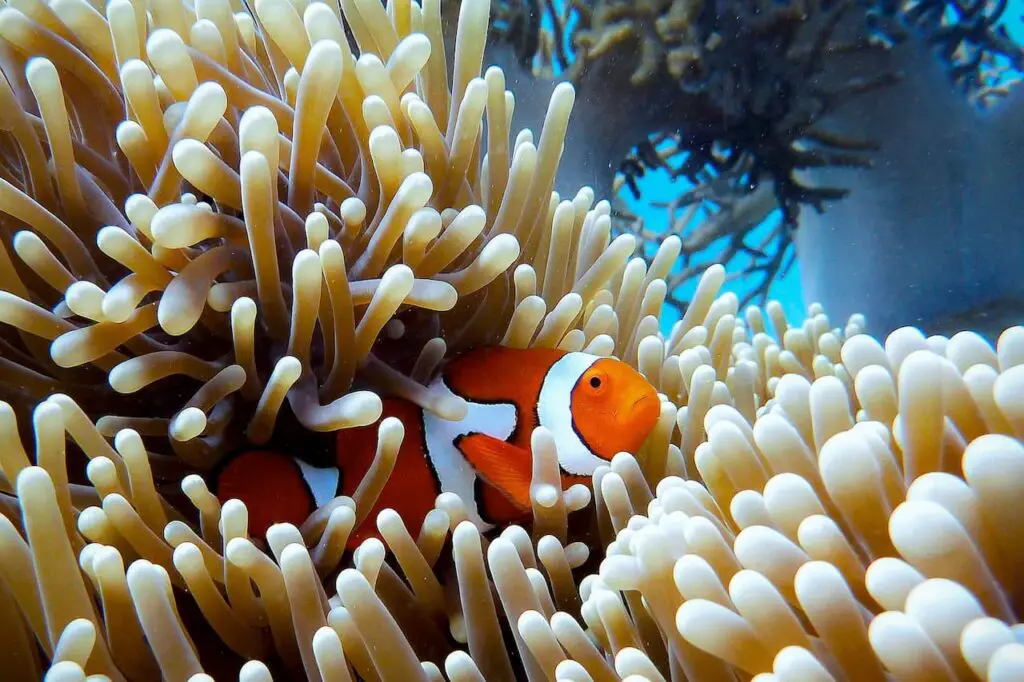Great Barrier Reef
There are few places on Earth as impressive as the Great Barrier Reef Marine Park. It’s one of the world’s most stunning locations, visible even from orbit.
Made comprised of approximately 2,900 separate reefs and countless millions of creatures, it is the largest living structure in the world. The Great Barrier Reef is an absolutely extraordinary ecosystem located just off the coast of Australia.
Unfortunately, recent reports indicate that the Great Barrier Reef is in serious danger. As much as 93% of the Reef has been bleached due to the combined effects of climate change and excessively warm seas.
Andrew Baird, from Australia’s ARC Centre of Excellence for Coral Reef Studies, said that when bleaching is this severe, it impacts practically all coral species. This includes ancient, slow-growing corals whose comeback might take decades.
In addition, top researchers have found that human-caused climate change is 175 times more likely to trigger this sort of bleaching than natural causes. Global catastrophe may result from the Great Barrier Reef’s destruction.
The Great Barrier Reef is one of the most intriguing pockets of life on Earth, and its destruction would be a tragedy on many fronts.


